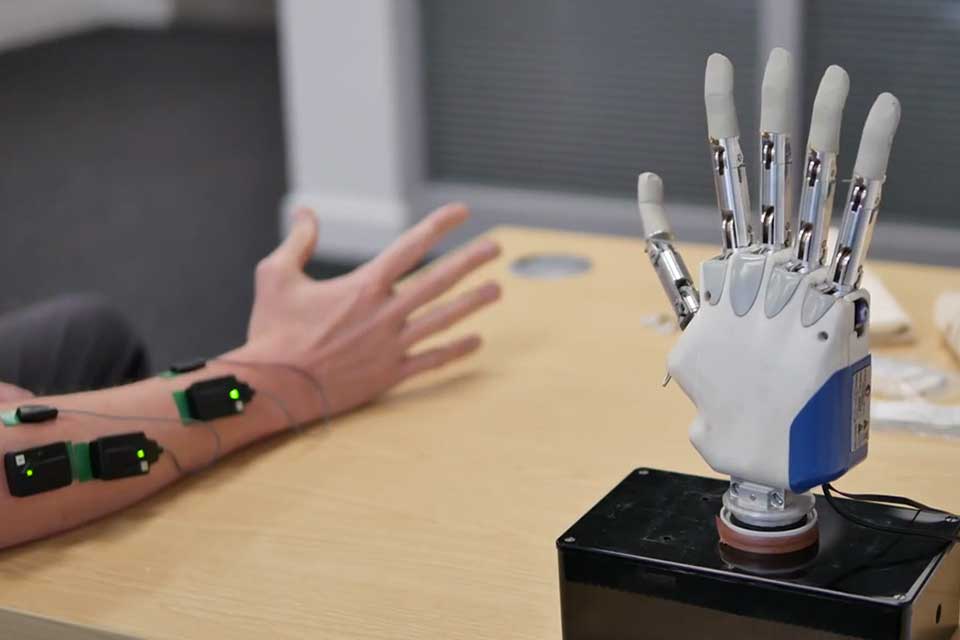Biomedical engineering has been at the forefront of revolutionary advancements, particularly in prosthetic technologies, which have drastically transformed the lives of people with disabilities. The convergence of cutting-edge materials science, robotics, and neural engineering has ushered in a new era of artificial organs and prosthetics that offer unprecedented functionality and integration with the human body.
One of the most significant recent developments in prosthetic technology is the advent of neural-controlled prosthetics. These devices use brain-computer interfaces (BCIs) to allow users to control prosthetic limbs with their thoughts. By interpreting signals from the brain, these advanced prosthetics can perform complex movements, providing users with a level of dexterity and control that closely mimics natural limb function. For instance, the DEKA Arm, sometimes referred to as the “Luke Arm,” has shown remarkable promise in restoring arm and hand functions to amputees through intuitive control systems.
In the realm of artificial organs, 3D printing technology has made substantial strides. 3D bioprinting allows for the creation of organ scaffolds using a patient’s own cells, which can then be grown into fully functional organs. This technique minimizes the risk of rejection and the need for immunosuppressive drugs. Recently, researchers have successfully printed complex structures such as heart valves, blood vessels, and even miniaturized functional organs, like liver and kidney tissues, which pave the way for the future of organ transplantation.
Bionic eyes are another remarkable advancement that illustrates the impact of biomedical engineering on enhancing the quality of life for individuals with disabilities. Devices like the Argus II retinal prosthesis have given people with retinitis pigmentosa the ability to perceive light and shapes, significantly improving their independence and interaction with the environment. These visual prosthetics convert video images captured by a miniature camera mounted on glasses into electrical pulses that stimulate the remaining healthy cells in the retina, thereby creating a visual perception.
The integration of artificial intelligence (AI) and machine learning with prosthetic and artificial organ technologies has further propelled advancements. AI algorithms can adapt prosthetic limb movements to the user’s unique patterns and predict necessary adjustments in real-time, making the prosthetics more intuitive and user-friendly. This technology is also being utilized in the development of exoskeletons, which aid individuals with spinal cord injuries in regaining mobility and improving their quality of life.
In conclusion, the recent developments in prosthetic technologies and artificial organs are a testament to the transformative power of biomedical engineering. These innovations not only restore functionality and independence to people with disabilities but also offer a glimpse into a future where the boundaries between biology and technology are increasingly blurred. As research and technology continue to evolve, the potential for further breakthroughs in this field remains boundless, promising a better quality of life for millions around the globe.

